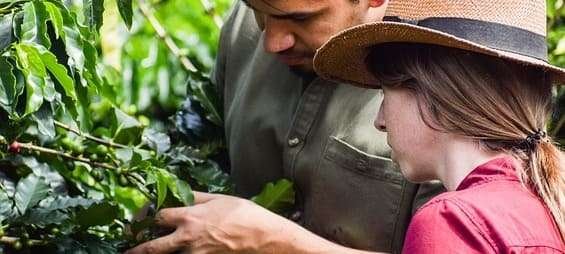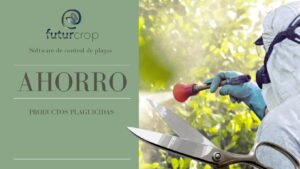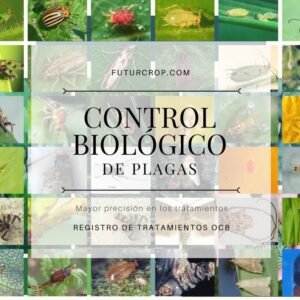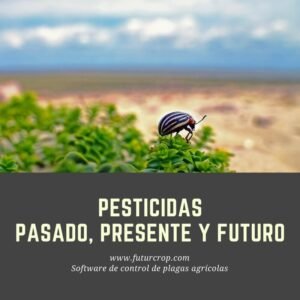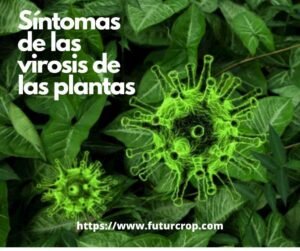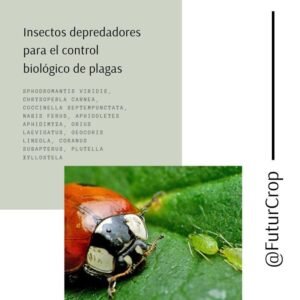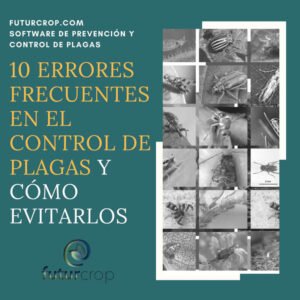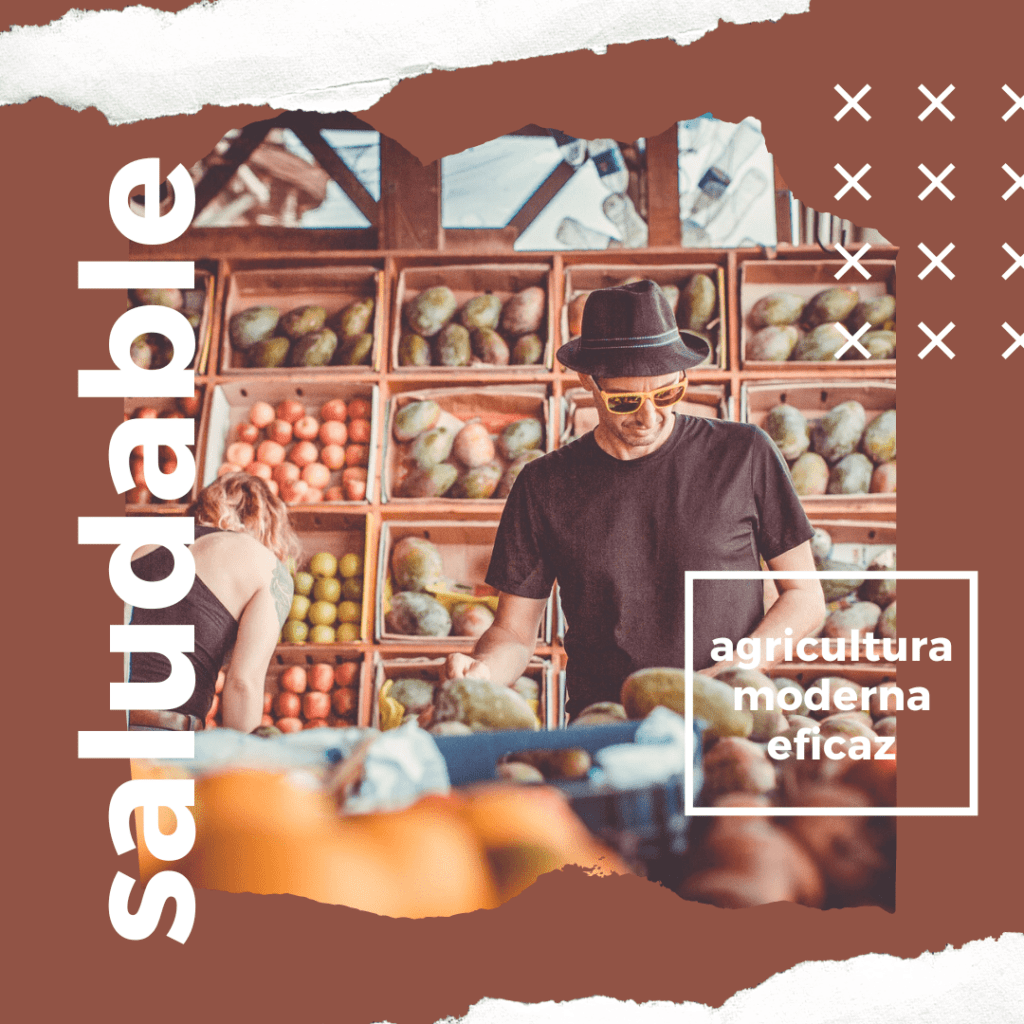
Contents
Classification of agricultural insecticides by mode of action
Knowing how agricultural insecticides work allows us to make decisions about the type of insecticide we should apply to control the pests that attack our crops. Agricultural insecticides can be classified according to their mode of action, i.e. the way in which they eliminate pests. According to their mode of action, insecticides kill in two ways: systemic insecticides that act when ingested with the leaf; or contact insecticides that act when the pest is sprayed.
A distinction is thus made between “contact” agricultural insecticides, which affect pest individuals when the insecticide comes into direct contact with the insects, and systemic agricultural insecticides, which are introduced into the plant, so that when the pest feeds on the plant, the systemic insecticide will start to work.
Contact agricultural insecticides must necessarily come into contact with the pest, and therefore a higher coverage application of the insecticide will be necessary. On the contrary, systemic insecticides can be applied using a smaller number of drops, since what is needed is that they can reach the crop and not specifically the pest. In general, coverage of 50-70 drops/m2 is recommended in the case of contact insecticides versus 20-30 drops/m2 using systemic insecticides.
As mentioned above, when systemic agricultural insecticides are applied to the plant, they penetrate its tissues even if they do not cover the entire surface of the plant.
In some cases the products are applied to the soil and are absorbed by the roots, reaching all parts of the plant from there; in others, as occurs with foliar insecticides, they are applied to the leaves and, from there, they reach the rest of the plant. There are also insecticides that only penetrate the area of the plant on which they have been applied. Systematic insecticides do not penetrate the plant sap and, therefore, do not spread to other parts of the plant.
Systemic agricultural insecticides
Systemic insecticides remain on the plant for several days (sometimes even weeks) and act against a wide variety of pests. Preventive spraying should not be carried out too frequently, as pests can develop resistance to the insecticide. It is also important to know that the action time of systemic insecticides can be one week, so it is very convenient to take into account that the application date should be adjusted to the appearance of the pest, and to verify the effect on the pest one week after the treatment. A software like FuturCrop will allow us to know when the pest will appear again, and therefore we will be able to verify immediately the success of the treatment.
Criteria for the choice of agricultural insecticides
By mode of action
Contact insecticides act on the target pest immediately after application and do not have a persistence of action over time.
In general, contact insecticides cause the death of other insects, not only the pest that is attacking our crops. For example, we can combat a plague of aphids, and also kill their allies the ants, which provide them with food. However, we will also eliminate ladybugs, one of the most important natural predators of aphids and their larvae.
In this sense, it is more advisable to use a systemic insecticide because it will eliminate the aphid infestation without harming other beneficial insects.
Weather conditions
Weather conditions also help determine which agricultural insecticide to use.
Systemic and penetrating agricultural insecticides offer the advantage of being rainfast, so once the application has been made and 1 to 2 hours have passed, allowing the spray to dry, the product will not be washed off in the event of rainfall.
On the other hand, agricultural insecticides with contact activity remain on the surface of the plant where they are applied. The products are susceptible to being washed away by rain and, therefore, the crop will not be protected, thus requiring repeat treatment. In general, they are able to exert a longer lasting control on the target pest for a longer period of time, which helps to avoid possible re-infestations.

FuturCrop calculates short-term forecasts of the activity of 179 agricultural pests, based on accumulted temperature thresholds associated with critical stages of their life cycle.
FuturCrop forecasts indicate, for a given day, the stage of the pest’s life cycle and the day for the most efficient treatment.
Más información
Legislación internacional de Límites Máximos de Residuos de Plaguicidas (LMRs) en productos vegetales, Ministerio de Agricultura, Comercio y Turismo

